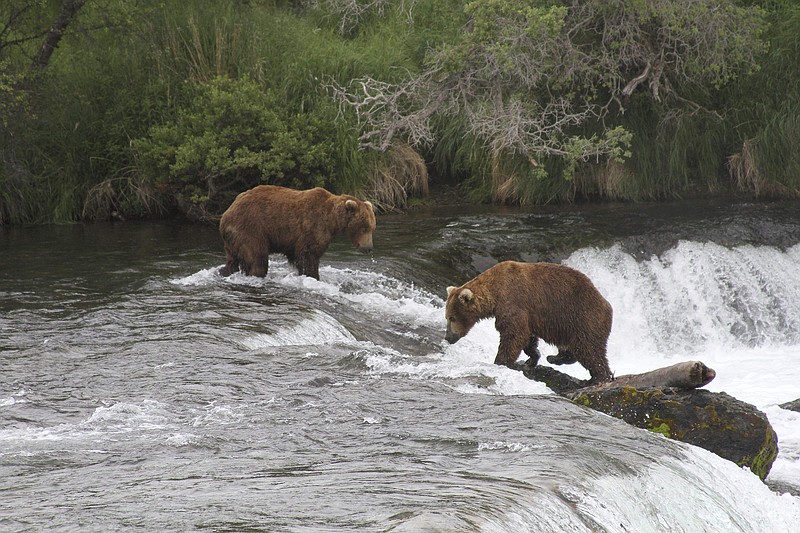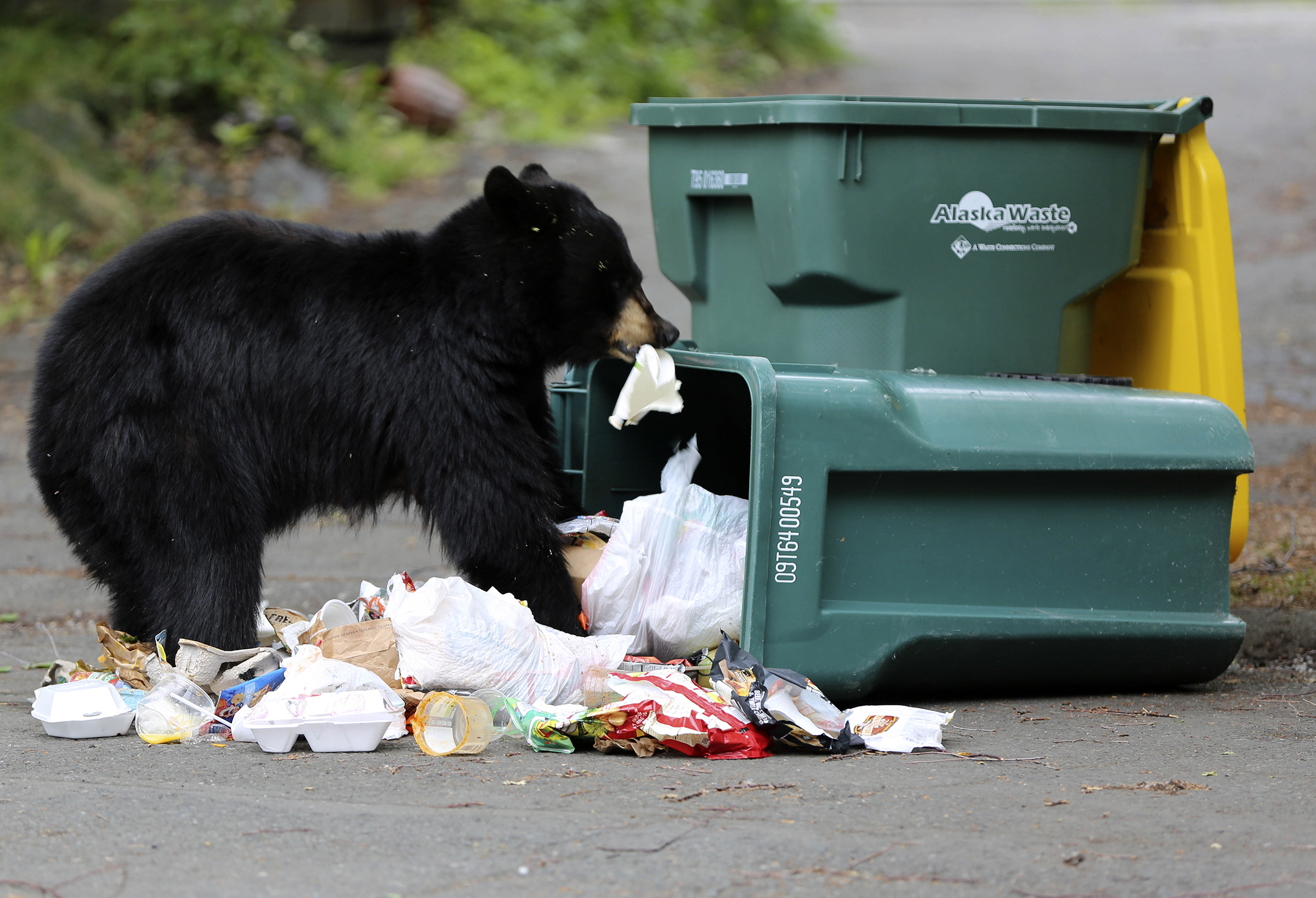It's time to talk about bears again.
Some of you out there who read these pages with any regularity know that occasionally we go on a little sojourn and talk about the Ursidae family and what is going on in their world.
Bears are large predators that have always grabbed the attention and imagination of us human carbon-based life forms, with bears similar to wolves and mountain lions in that regard. If an animal is capable of preying on us (and bears definitely are), it will get more attention than a deer or a squirrel in our neighborhood.
Here in the eastern United States, we deal with the black bear (Ursus americanus), an animal we get mixed messages from. Many see the black bear as a lovable clown that's just out to get a free meal and have a good time. Watch the news feeds on your favorite channel and all of the barrage of news we get on the computer and that little computer we carry around with us: Hardly a week goes by that we don't see a black bear in some kind of antics.
(READ MORE: I’m just here for the bears)
Just this past week, a medium-sized bear had his 15 minutes of fame by planting himself at a table in the front yard of a house in Florida and helping himself to the candy left out for the kiddies at Halloween. Earlier this fall -- and also in Florida -- a bear was captured in Walt Disney World. Several of the rides in the Magic Kingdom were closed because of the brouhaha the bear caused in the park, and there were reports that the bear was taken away because he was complaining about the long lines at the rides.
(OK, I may have made that last part up.)
News reports of black bears in grocery stores, in dumpsters behind restaurants and other businesses, on someone's back porch or even in a swimming pool are pretty common. As noted before, we pretty much put up with all this because we see the black bear as a real-life Yogi Bear who is just looking for a pic-a-nic basket.
All of this is fine until it isn't.
A bear is wild animal and doesn't know or care that you think he is cute. Remember, all a bear does most days is walk around looking for something to eat and try to survive. The black bear can be the cutest thing you ever saw or a goofy clown one minute and a snarling predator the next.
Please note that I am not saying this for effect or to blow things out of proportion; it is just the way it is.
(READ MORE: Let’s talk about the bear in the room)
So as a quick sidebar, how do I know all this? Well, for one thing, I spent 36 years as a conservation officer and natural resources police officer with the West Virginia Division of Natural Resources.
I dealt with a lot of bears in many different situations over the years. This was at a time when the bear population was rapidly growing in southern and southeastern West Virginia. We have a lot of bears here, and that is in general a good thing, but with it comes all of the issues of having bears around populated areas.
West of the Big Muddy, we have an entirely different bear of another color, and that is the grizzly bear (Ursus arctos horribilis). The differences of these brown bears from the black bear are significant: They are much bigger, are often much more aggressive to us humans, and in general sometimes don't work and play well with others.
If any of you follow me on Facebook, you may have seen when I try to report and keep track of the bear attacks by grizzlies in the western states. To be honest, I have lost count in the past year (there have been that many).
A typical scenario is someone is hiking, hunting or fishing in Idaho, Montana or Wyoming. A grizzly attacks and mauls the person; sometimes the injuries are horrendous, sometimes it's just a few bites (as if you could minimize the attack of a grizzly). There are many reports in these states of people seeing grizzlies in areas where they have not been seen before, as in the bears are expanding their range.
The grizzlies expanding their range is a big issue because a few years ago the grizzly was taken off of the list for the Endangered Species Act. This allowed states such as Idaho and Montana to schedule a limited hunting season, which might have taken care of some problem bears. Before the season could happen, though, a federal judge ruled the U.S. Fish and Wildlife Service had incorrectly taken the bear off of the ESA list, and this killed the upcoming bear season.
This issue has been in litigation since then, and some think the states will never get to have a season for the grizzly as the groups that do not want these bears hunted will always find a reason for a lawsuit to block it.
We have a lot of black bears here in the East, and there are places in the West where the grizzly seems to be expanding his range. We simply have a lot of bears right now in the good ol' USA.
What happens with these bears and how we handle their increased presence remains to be seen. Stay tuned.
"Guns & Cornbread" is written by Larry Case, who lives in Fayette County, W.Va. You can write to him at larryocase3@gmail.com.

